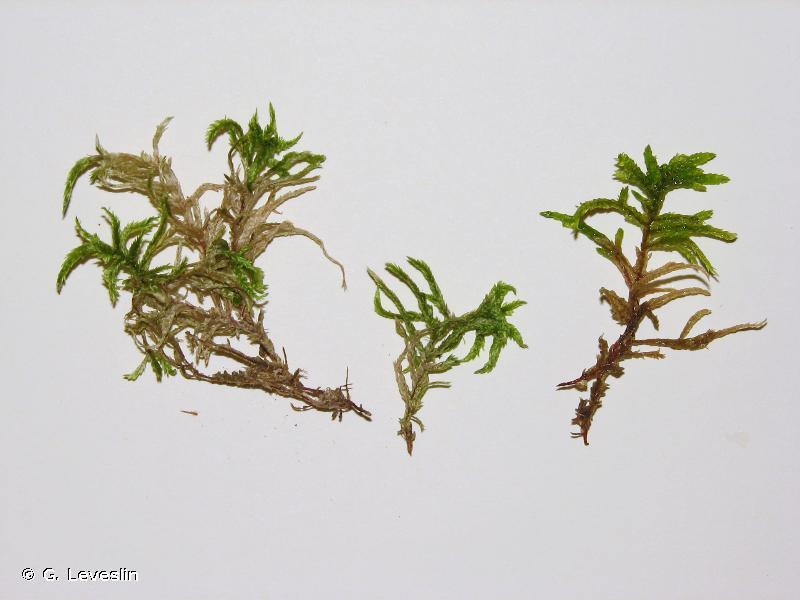
154294.jpg from: https://inpn.mnhn.fr/espece/cd_nom/6101
Introduction
In the vast and captivating world of bryophytes, one moss species stands out as a true marvel of nature – the Pleurozium schreberi (Willd. ex Brid.) Mitt., commonly known as Pleurozium. This unassuming yet resilient member of the Hylocomiaceae family has captured the hearts and minds of moss enthusiasts worldwide, offering a fascinating glimpse into the intricate tapestry of life that thrives beneath our feet.
Background
Before delving into the intricacies of this remarkable moss, let’s set the stage with a brief introduction to the world of bryophytes. These non-vascular plants, which include mosses, liverworts, and hornworts, are often overlooked but play a crucial role in various ecosystems. They are among the oldest land plants on Earth, with fossil records dating back over 400 million years, making them true survivors of the plant kingdom.
Main Content
Morphology and Identification

OS0149397_1625240454.jpg from: https://bryophyteportal.org/portal/taxa/index.php?taxauthid=1&taxon=160351&clid=20
The Pleurozium schreberi (Willd. ex Brid.) Mitt. moss is a true masterpiece of nature’s design. Its delicate, feathery fronds form dense mats that carpet the forest floor, creating a lush and inviting carpet for other organisms to thrive upon. The moss is easily identifiable by its bright green to yellowish-green hue and its distinctive pleurocarpous growth habit, where the stems grow horizontally along the substrate.
One of the most remarkable features of this moss is its ability to reproduce both sexually and asexually. During the sexual reproductive cycle, the moss produces sporophytes that release spores, allowing for the dispersal and propagation of the species. Asexually, the moss can also spread through fragmentation, where small pieces of the plant break off and establish new colonies.
Global Distribution and Habitat
The Pleurozium schreberi (Willd. ex Brid.) Mitt.
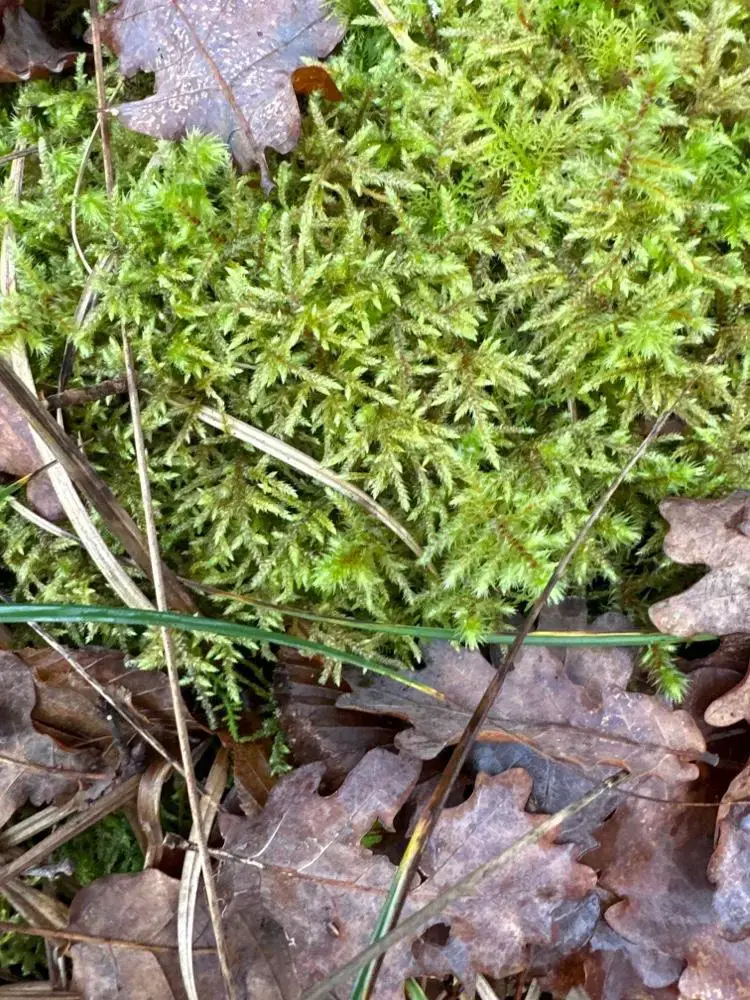
61881378.jpg from: https://observation.org/photos/61881378/
moss is a true cosmopolitan, found in various regions across the globe. It thrives in boreal and temperate forests, particularly in areas with acidic soils and high moisture levels. This moss is a common sight in the coniferous forests of North America, Europe, and Asia, where it forms lush carpets beneath the towering evergreens.
However, the moss is not limited to these regions alone. It has also been documented in the Southern Hemisphere, including parts of South America and New Zealand, showcasing its remarkable adaptability and resilience.
Ecological Roles and Adaptations
The Pleurozium schreberi (Willd. ex Brid.) Mitt. moss plays a vital role in the ecosystems it inhabits. Its dense mats act as a sponge, absorbing and retaining moisture, creating a microhabitat for various invertebrates and fungi. Additionally, the moss contributes to the nutrient cycling process by decomposing organic matter and releasing essential nutrients back into the soil.
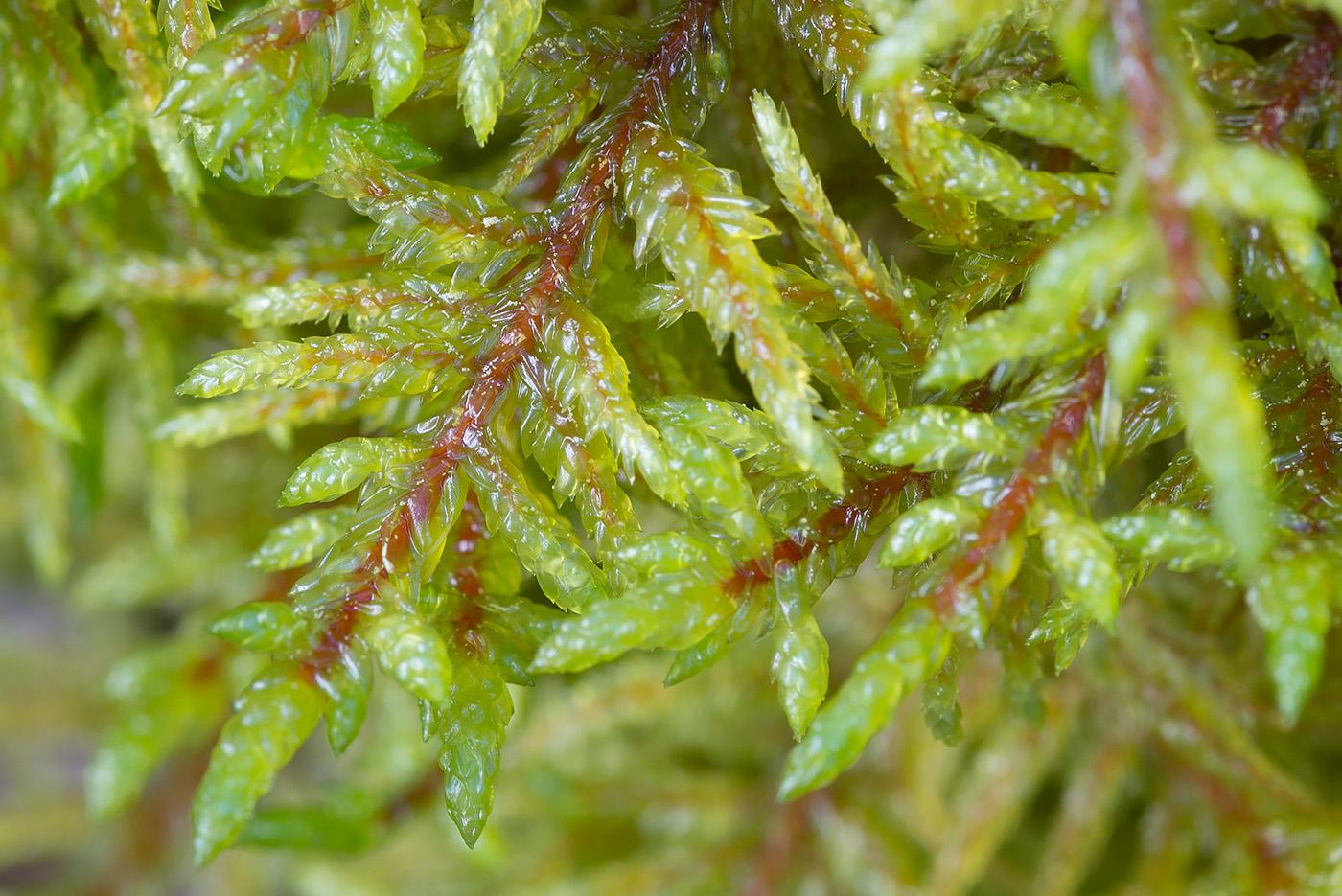
518896_36b65281.jpg from: https://www.plantarium.ru/page/image/id/518896.html
One of the most fascinating adaptations of this moss is its ability to tolerate desiccation
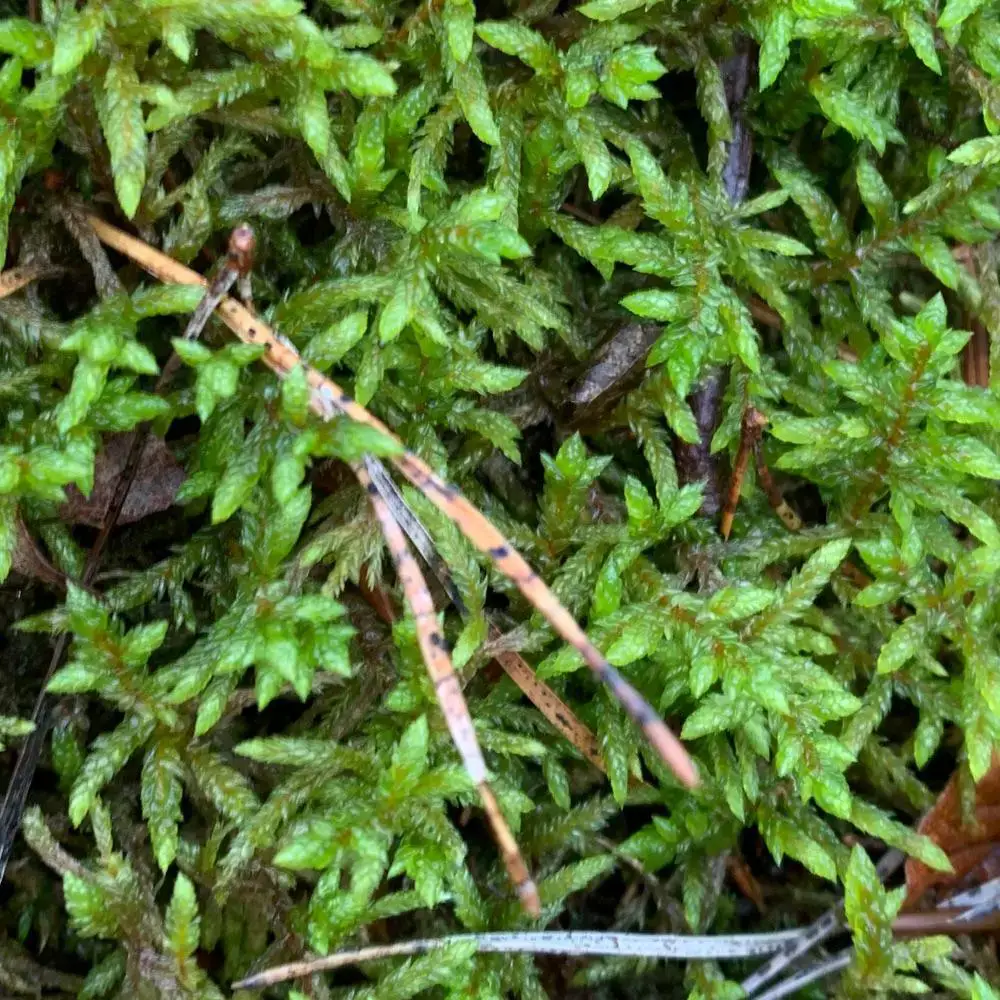
62808413.jpg from: https://waarneming.nl/photos/62808413/
. During periods of drought, the moss can enter a state of dormancy, curling up its fronds to conserve moisture. Once favorable conditions return, the moss can quickly rehydrate and resume its growth and metabolic activities, showcasing its remarkable resilience.
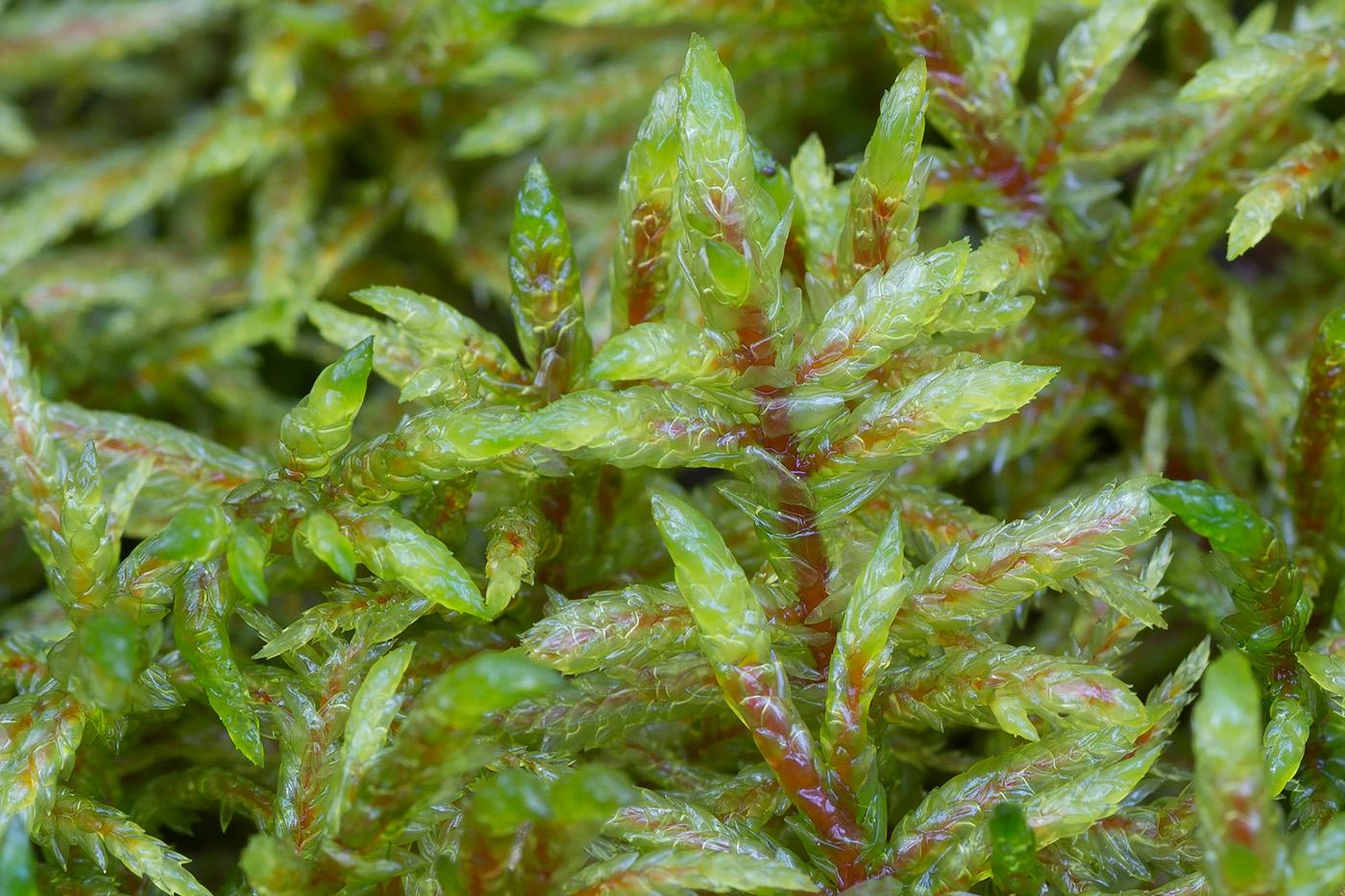
544073_de1d4b6a.jpg from: https://www.plantarium.ru/page/image/id/544073.html
Case Studies/Examples
The Pleurozium schreberi (Willd. ex Brid.) Mitt. moss has been the subject of numerous scientific studies, highlighting its ecological significance and adaptations. For instance, researchers have investigated the moss’s ability to accumulate heavy metals from the environment, making it a potential biomonitor for air pollution.
In another study, scientists examined the moss’s role in carbon sequestration, revealing its potential contribution to mitigating the effects of climate change by storing carbon in its biomass and the underlying soil.
Technical Table
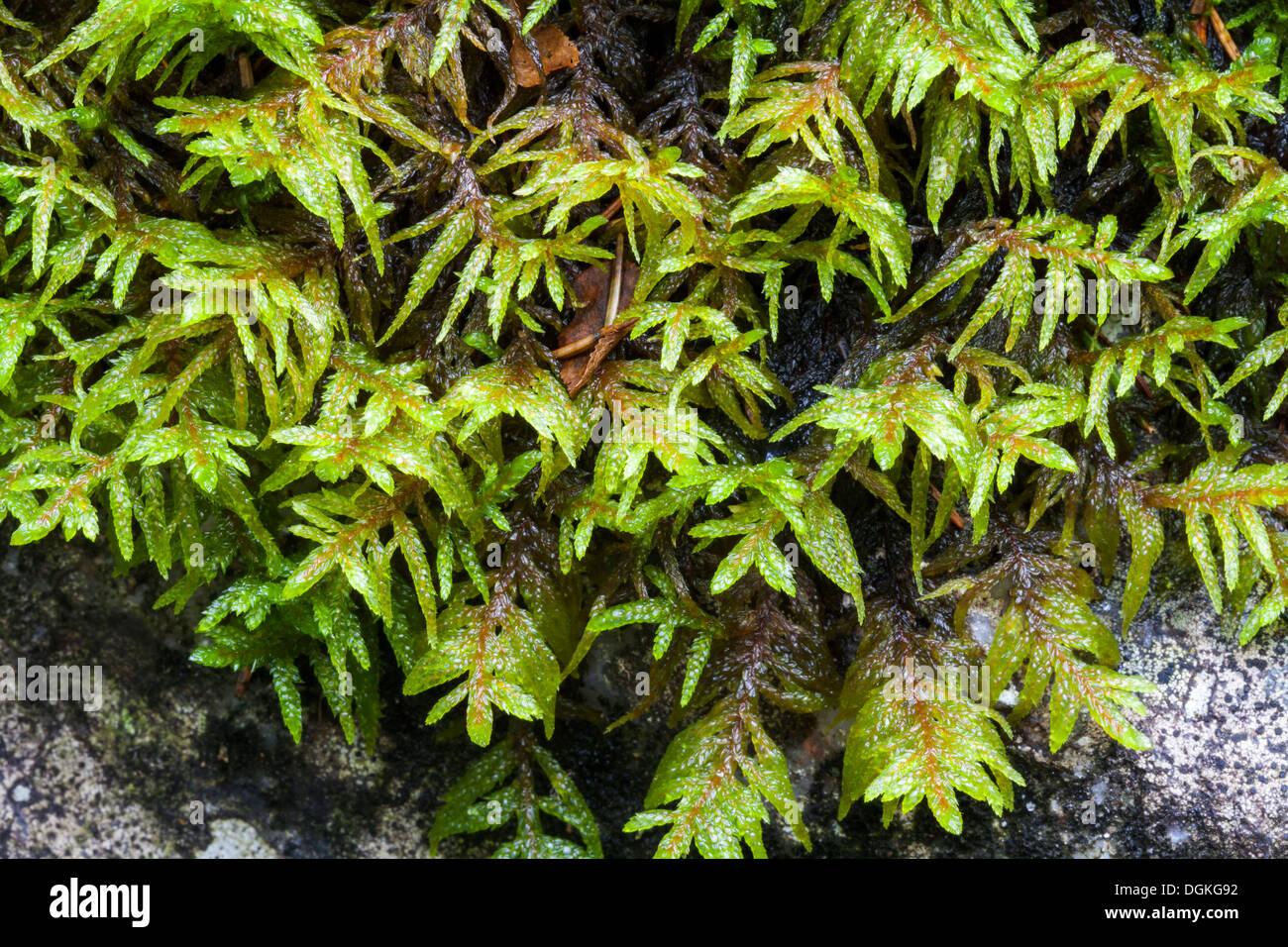
pleurozium-moss-pleurozium-schreberi-growth-DGKG92.jpg from: https://www.alamy.com/stock-photo/pleurozium-pleurozium-schreberi.html
| Characteristic | Description |
|---|---|
| Scientific Name | Pleurozium schreberi (Willd. ex Brid.) Mitt. |
| Common Name | Pleurozium, Red-stemmed Feather Moss |
| Family | Hylocomiaceae |
| Division | Bryophyta |
| Class | Bryopsida |
| Growth Habit | Pleurocarpous (horizontally growing stems) |
| Color | Bright green to yellowish-green |
| Reproduction | Sexual (sporophytes and spores) and asexual (fragmentation) |
Habitat
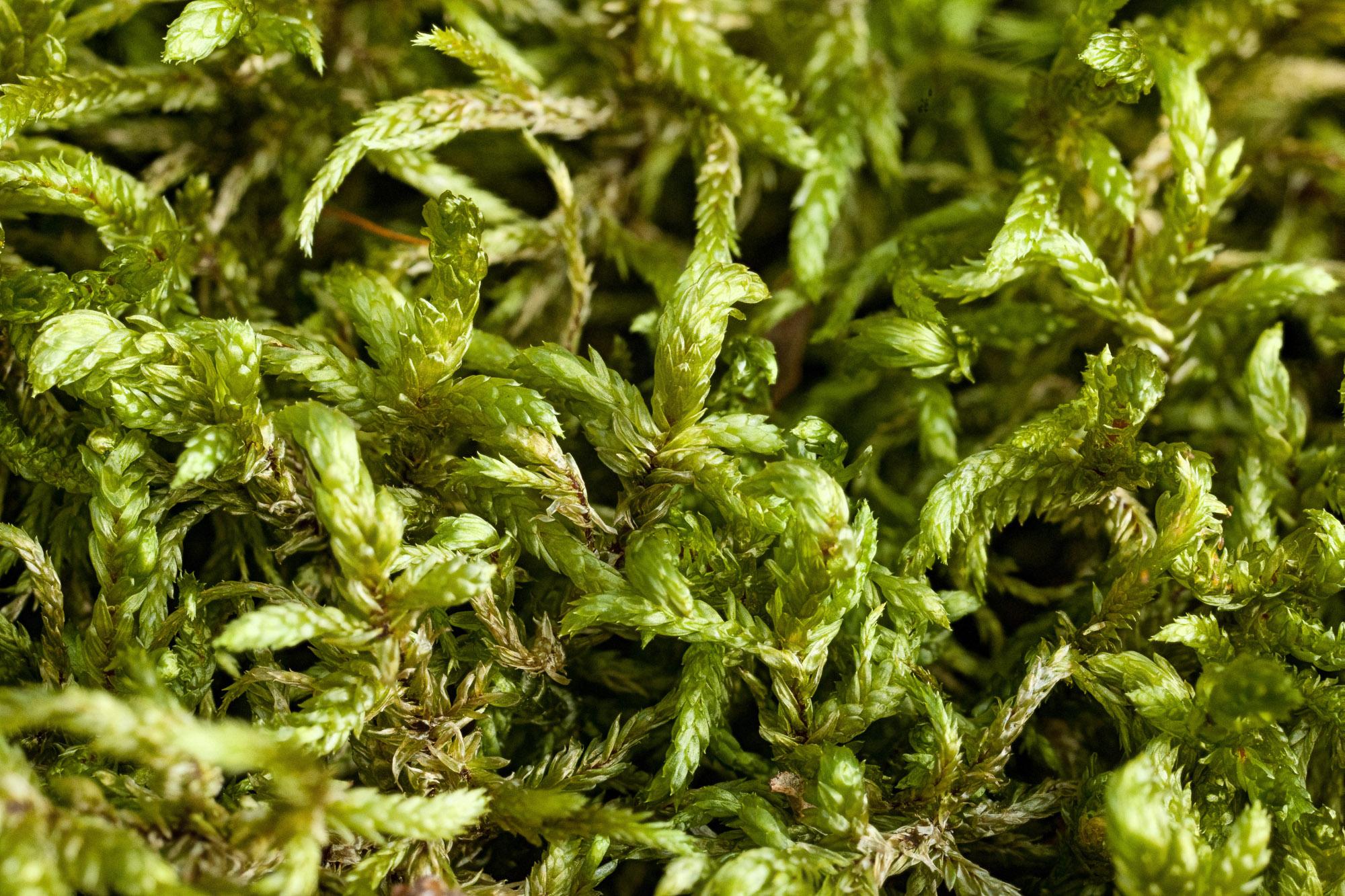 Pleurozium-schreberi.jpg from: https://ohiomosslichen.org/moss-pleurozium-schreberi/ |
Boreal and temperate forests, acidic soils, high moisture |
| Distribution | Widespread in Northern Hemisphere, also found in Southern Hemisphere |
Conclusion
The Pleurozium schreberi (Willd. ex Brid.) Mitt. moss is a true testament to the incredible diversity and resilience of the bryophyte world. Its ability to thrive in various environments, its unique adaptations, and its ecological significance make it a fascinating subject for moss enthusiasts and scientists alike.
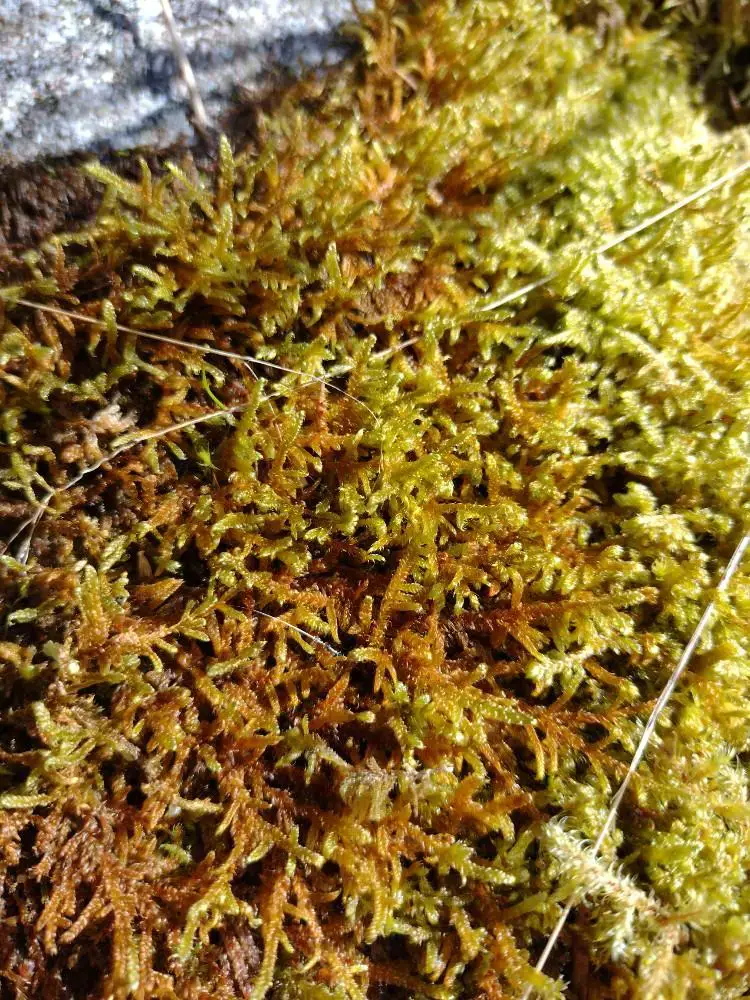
65464313.jpg from: https://observation.org/photos/65464313/
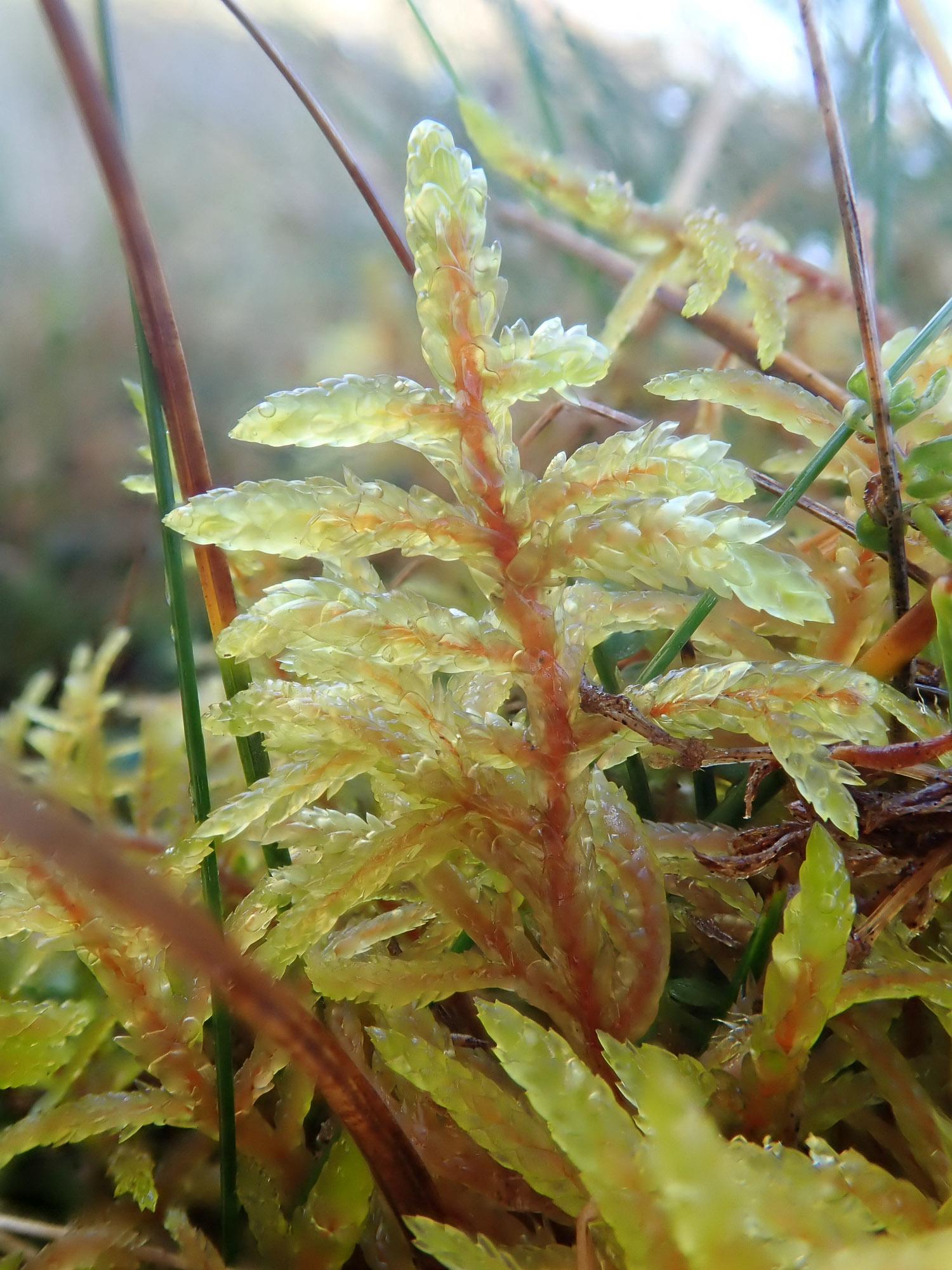
2020-11-04-12-27-24.jpg from: https://www.britishbryologicalsociety.org.uk/learning/species-finder/pleurozium-schreberi/
As we continue to explore and appreciate the wonders of the natural world, let us not forget the unassuming yet remarkable mosses that carpet the forest floors, for they hold secrets and lessons that can deepen our understanding of the intricate web of life on our planet.
In the words of the great naturalist John Muir, “Tug on anything at all, and you’ll find it connected to everything else in the universe.” Perhaps the next time you venture into the woods, take a moment to appreciate the Pleurozium schreberi (Willd. ex Brid.) Mitt. moss and ponder the interconnectedness of all life forms, no matter how small or seemingly insignificant.